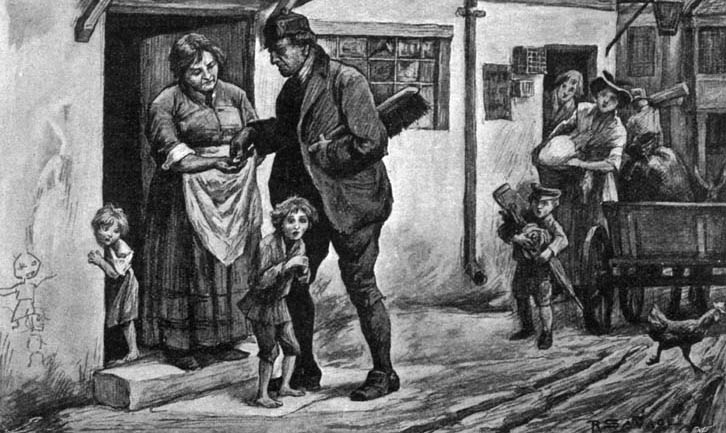10 Fascinating Facts About the Industrial Revolution
The Industrial Revolution, which took place in the late 18th and early 19th centuries, was a period of rapid technological and social change. It marked the shift from manual labour and traditional manufacturing to machine-based production powered by steam engines. This transformation led to huge growth in industrial output, trade, and urban life, shaping the modern world we live in today.
Here are 10 fun facts about the Industrial Revolution you need to know
1. The Industrial Revolution began in Britain
The Industrial Revolution started in Britain in the late 18th century, thanks to its rich coal deposits, expanding population, capital, and strong global trade networks. From there, industrialisation spread to countries such as the United States, Germany, and France.

2. The steam engine powered a new age of industry
The steam engine, improved by James Watt in the late 18th century, was one of the most important inventions of the Industrial Revolution. Steam engines provided reliable power for factories, mines, and mills, greatly increasing efficiency and output.
3. The rise of the factory system
The Industrial Revolution led to the development of the factory system, where workers, machines, and production processes were brought together in one place. This system used specialised machinery and division of labour to produce goods on a much larger scale than traditional workshops.

4. Mass production made goods cheaper
New machines and factory methods caused a huge increase in industrial production. As output rose, the cost of many goods fell. Everyday items such as textiles, tools, and household products became more affordable for ordinary people.

5. Cities grew rapidly as people moved for work
As factories and mills spread, millions of people left the countryside to work in industrial towns and cities. This rapid urbanisation transformed places like Manchester, Birmingham, and other industrial centres, but also created overcrowded housing and tough living conditions for many workers.
6. Steam-powered transport changed travel and trade
The Industrial Revolution brought major advances in transportation, including the development of the steam-powered railway and the steamship. Railways and steamships connected cities, ports, and countries more quickly than ever before, boosting trade and the movement of people.

7. A new middle class emerged
The Industrial Revolution helped create a growing middle class made up of factory owners, merchants, professionals, and skilled workers. Many people in this group enjoyed rising incomes and could afford better housing, education, and consumer goods.

8. The environment suffered from pollution
Heavy reliance on coal and other fossil fuels led to severe air and water pollution. Smoke from factory chimneys and soot-filled air became common features of industrial cities, and rivers were often contaminated by chemical waste.
9. The Industrial Revolution sparked social change
Industrialisation encouraged people to question traditional social hierarchies and working conditions. The hardships faced by factory workers and children helped inspire early labour movements, reforms, and new laws to improve safety and limit working hours.

10. Art and literature reflected a changing world
The Industrial Revolution also influenced culture, art, and literature. Writers and artists began to explore themes of industry, technology, class, and the contrast between rural and urban life, capturing both the excitement and the challenges of this new industrial age.
Why the Industrial Revolution still matters today
The Industrial Revolution is considered one of the most important turning points in history. It transformed how people worked, travelled, and lived, and laid the foundations for the modern industrial and technological world. Many of the systems and technologies we use today can be traced back to innovations from this remarkable period.